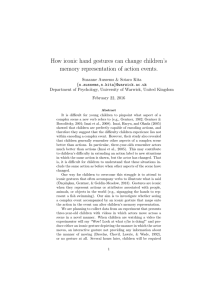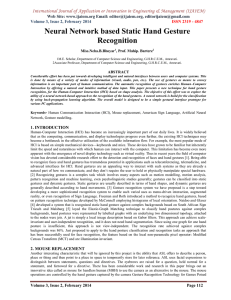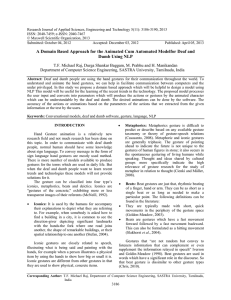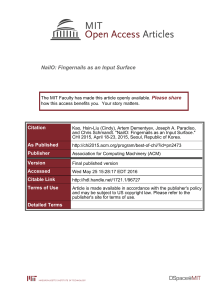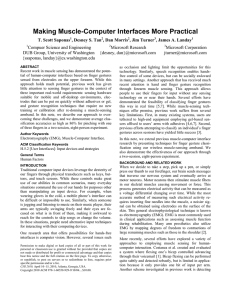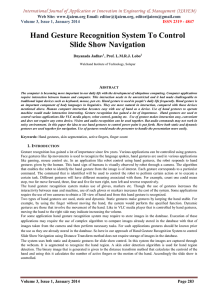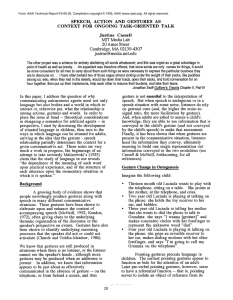WS02: EMBODIMENT, METAPHOR & GESTURE IN MATHEMATICS
advertisement
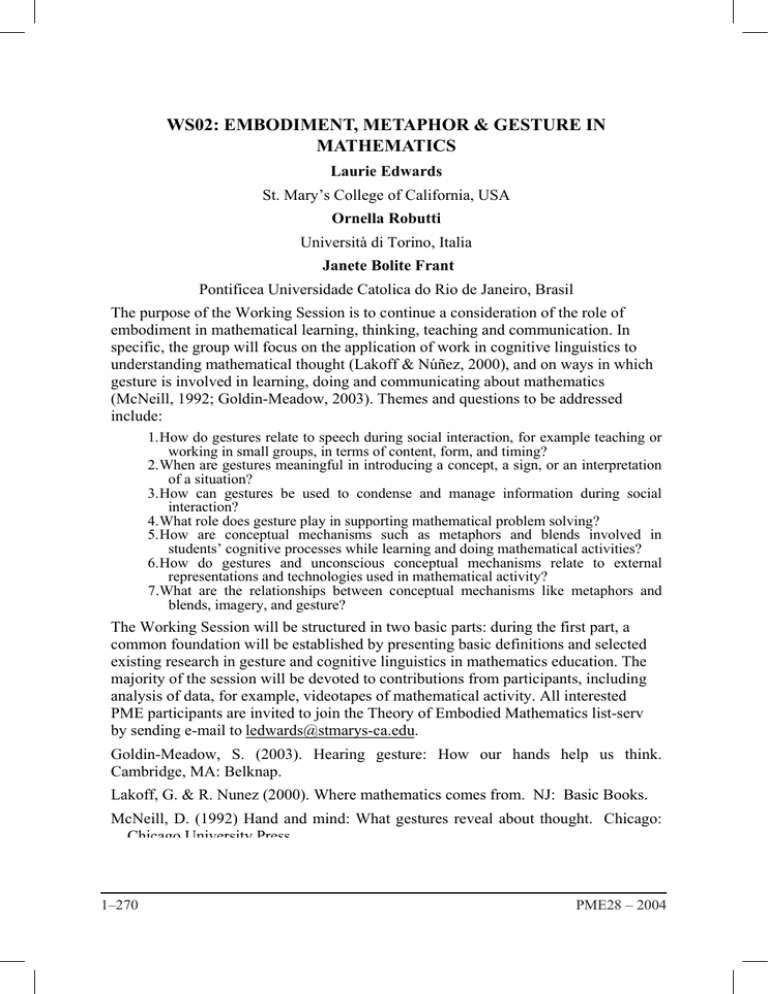
WS02: EMBODIMENT, METAPHOR & GESTURE IN MATHEMATICS Laurie Edwards St. Mary’s College of California, USA Ornella Robutti Università di Torino, Italia Janete Bolite Frant Pontificea Universidade Catolica do Rio de Janeiro, Brasil The purpose of the Working Session is to continue a consideration of the role of embodiment in mathematical learning, thinking, teaching and communication. In specific, the group will focus on the application of work in cognitive linguistics to understanding mathematical thought (Lakoff & Núñez, 2000), and on ways in which gesture is involved in learning, doing and communicating about mathematics (McNeill, 1992; Goldin-Meadow, 2003). Themes and questions to be addressed include: 1. How do gestures relate to speech during social interaction, for example teaching or working in small groups, in terms of content, form, and timing? 2. When are gestures meaningful in introducing a concept, a sign, or an interpretation of a situation? 3. How can gestures be used to condense and manage information during social interaction? 4. What role does gesture play in supporting mathematical problem solving? 5. How are conceptual mechanisms such as metaphors and blends involved in students’ cognitive processes while learning and doing mathematical activities? 6. How do gestures and unconscious conceptual mechanisms relate to external representations and technologies used in mathematical activity? 7.What are the relationships between conceptual mechanisms like metaphors and blends, imagery, and gesture? The Working Session will be structured in two basic parts: during the first part, a common foundation will be established by presenting basic definitions and selected existing research in gesture and cognitive linguistics in mathematics education. The majority of the session will be devoted to contributions from participants, including analysis of data, for example, videotapes of mathematical activity. All interested PME participants are invited to join the Theory of Embodied Mathematics list-serv by sending e-mail to ledwards@stmarys-ca.edu. Goldin-Meadow, S. (2003). Hearing gesture: How our hands help us think. Cambridge, MA: Belknap. Lakoff, G. & R. Nunez (2000). Where mathematics comes from. NJ: Basic Books. McNeill, D. (1992) Hand and mind: What gestures reveal about thought. Chicago: Chicago University Press. 1–270 PME28 – 2004





